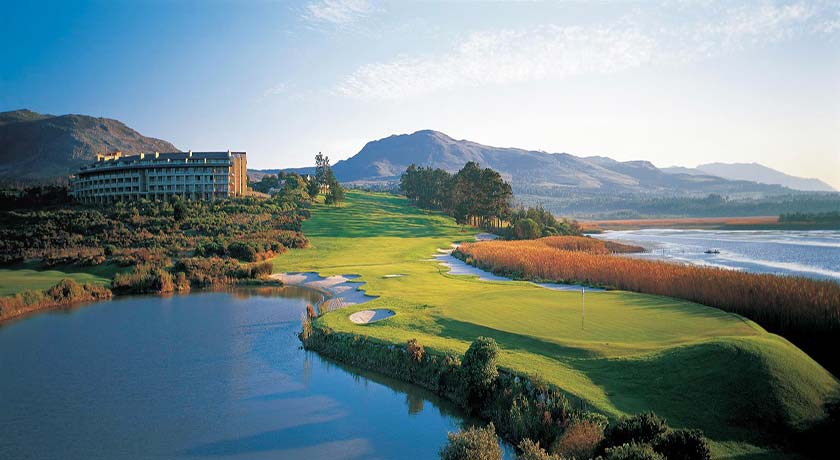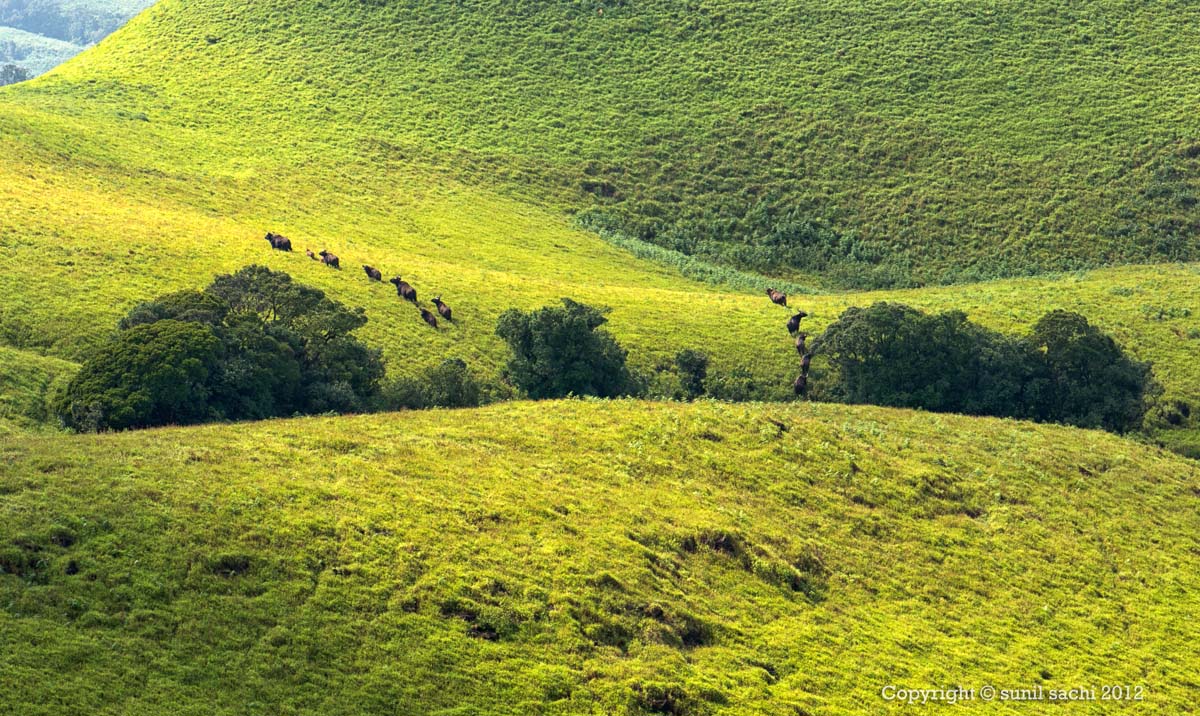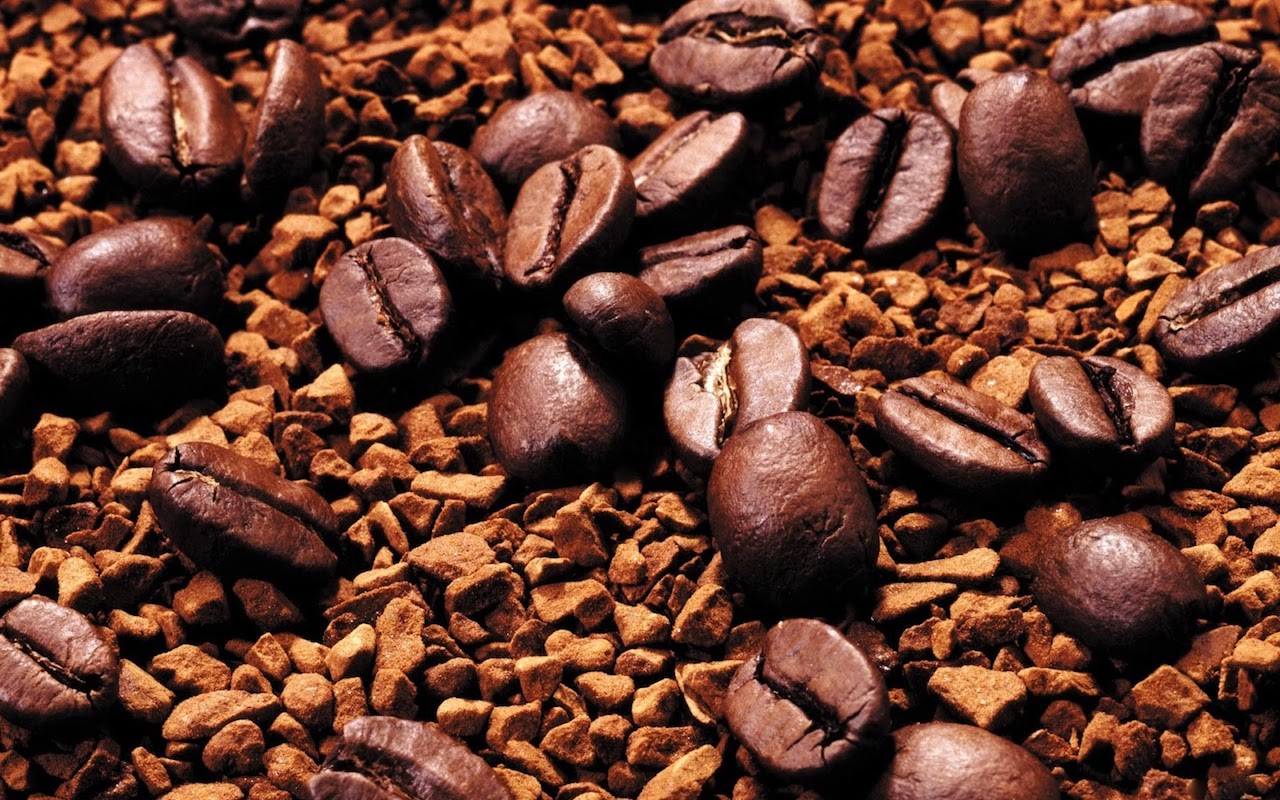Sky-high mountains, lavish virgin forests, fine sand beaches and lions lounging in the afternoon sun; South Africa is sure to be the hottest holiday destination for 2019. Below are some tips and inspiration to truly make your holiday to South America an unforgettable one. Continue Reading
South India is surrounded by natural settings. With the mountain ranges of Eastern and Western Ghats and the seas and Indian ocean, Andhra Pradesh, Telangana, Karnataka, Kerala, Tamil Nadu and the union territories, the region of South India is home to many National Parks. Some national parks of Karnataka and Kerala are:
National parks in Kerala and Karnataka
Bandipur National Park, Karnataka:
Belonging to the Nilgiri Biosphere Reserve of Tamil Nadu, Bandipur National Park is one of the largest protected areas in South India. This tiger reserve forest is popular for its wildlife and flora and fauna.
Nagarhole National Park, Karnataka:
Nagarhole is also a part of the Nilgiri Biosphere Reserve and has an impressive population of tigers, elephants and Indian bison. Nagarhole is an enchanting park with terrific scenery as it is located in the foothills of the Western Ghats and is filled with streams, waterfalls, valleys and hills.
Kudremukh National Park, Karnataka:
Located around 100 kilometres from Chikmagalur town, Kudremukh National Park is the second largest wildlife protected area in South India. It is very popular for its bio-diversity.
Bannerghatta National Park, Karnataka:
Bannerghatta National Park is frequented by tourists for its many attractions. It is ideal for trekking, has a butterfly park, a snake house, a safari park and an aquarium.
Periyar National Park, Kerala:
This national park and wildlife sanctuary in Kerala is both a tiger and elephant reserve. Also known as Thekkady National Park, it is spread high up in the Cardamom and Pandalam Hills.
Silent Valley National park, Kerala:
Situated in the heart of the Nilgiri International Biosphere Reserve of South India, the park protects the Nilgiri Langur, Wood pigeon, Malabar Giant Squirrel and Lion-tailed Macaques which is an endangered species.
Eravikulam National Park, Kerala:
Located along the Western Ghats, this wild forest and wild life park is a World Heritage Site. It is home to around 26 species of mammals, many amphibians and a great many species of birds.
Mathikettan Shola National Park, Kerala:
Mathikettan Shola National Park is a part of the Cardamom Hill Reserve. It has a number of endemic animals and plants and offers a good opportunity to explore the Shola forest area of Southern India.
The beverage is also referred to as Mysore or Mylapore filter coffee or Madras kaapi. The authentic, true blue kaapi is ‘Kumbakonam degree coffee’..everything else is ‘okay’ or tolerable!
In the rest of the world, ‘filter coffee’ is the drip brew coffee that comes out of a machine when you press a button. The filters are thin sheets of paper placed in a cone and the coffee is brewed. In South India when you say “Filter coffee or kaapi” that can only mean Kumbakonam coffee from the agri town of the same name in Tamil Nadu, India.
Kumbakonam degree filter coffee is not just any run of the mill beverage. It is a ritual, an experience..it is a tug of emotion, a reminder of Home and Mum…all brewed and served in a dabbara tumbler. The brass or stainless steel container adds to the mystique of Filter kaapi, the phonetic rendering of “coffee”.
The one distinctive feature of this cup of ambrosia that smells of heaven is the pure cow’ s milk without any adulterants and no addedchicory.
Why ‘degree’..is it a campus recruit or a weather indicator, you may ask? The term is explained in four ways:
1. Chicory is a common additive that is used to thicken the basic decoction of the coffee. It was colloquially pronounced as ‘tikeri’ that eventually morphed into ‘degree’. OR
2. Milk was certified as pure after it was measured with a thermometer that would show if water had been added to adulterate the milk. So, coffee prepared with pure/degree milk became known as degree coffee.
3. The first decoction, the unadulterated thick essence of the coffee, is called the first degree decoction. Thus, the best cup of coffee was named ‘degree coffee’.
4. Pundits say that it is actually ‘Decree’ not ‘Degree’ Coffee! A 19th century tale is told of a British Collector of Thanjavur District who liked the coffee served by a local cook in Kumbakonam. He is supposed to have ‘decreed’ that only this quality of coffee should be served to him on all his travels!
The coffee pundit who buys the seeds, usually the man from Mylapore would ask for a mix of arabica and robusta coffee beans in a particular ratio of 60:40 or 70:30 (less chicory). The coffee is grown in all the states of South India. You can visit plantations on the hills of Karnataka (Kodagu, Chikkamagalur and Hassan), Tamil Nadu (Nilgiris District, Yercaud and Kodaikanal), Kerala (Malabar region) and Andhra Pradesh (Araku Valley).
The beans used to be roasted in a cast iron wok or a cylinder made of iron placed over coals. Today it is roasted in temperature controlled ovens or rotisseries. The coffee pundit will freshly grind the seeds into a coarse but fine powder for each make of the decoction. In coffee powder shops, the beans are ground fresh with or without roasted chicory. The final coffee powder is packed into a special filter.
South Indian coffee is brewed with in a special metal filter,. It is made up of two cylindrical cups. The upper one has fine holes drilled into it to let the decoction seep through. It nests into the lower containerthat will hold the brewed coffee. The upper cup is fitted with a press made up of a colander like disc with a central stem handle and a lid to keep the aromas in.
The upper cup is filled with freshly ground coffee. The grounds are then tamped down with the stemmed disc. Boiling water is poured and quickly the filter is covered. The decoction drips into the lower vessel and then 1–2 tablespoons of it areadded to freshly scalded milk. The coffee is frothed by pulling it between the tumbler and the broad mouthed flat dabbara and served at sipping temperature. People use their sari ends or dhothi and over-the-shoulder towels to hold the tumbler as they imbibe their filter coffee.
India Coffee Houses run by the Coffee Board of India since the mid-1940’s were the propagator of coffee. These coffee houses also became the meeting places for literary types, artists, thinkers and political aspirants.
Coffee is an essential part of the culture and lifestyle of Tamil Nadu, Karnataka, Andhra Pradesh and Kerala. It gained popularity during the British rule. Coffee was originally introduced by Baba Budan to South India in the 17th century. In the 16th century, a Sufi saint from Karnataka,Baba Budan, was on a pilgrimage to Mecca where he was introduced to the wonders of coffee. He managed to smuggle out seven coffee beans by hiding them in his garments out of the Yemeni port of Mocha. Back home, he planted the beans on the slopes of the Chandragiri Hills in Kadur district, Mysore State. This hill range I now named after him as the Baba Budan Hills. You can pay your coffee obeisance to his tomb that is a short trip away from Chikmagalur.
The best filter coffee in South India does not cost a great deal if you are having the authentic one…forget the Starbucks and the 5 Star cup and saucer serve. Have a hot dabbaratumber of filter kaapi!!



